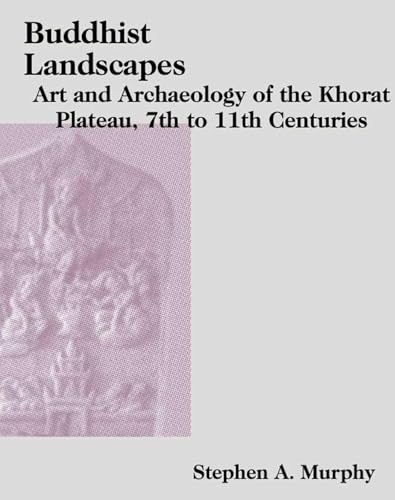via Tea Circle: Oxford DPhil Candidate Phacharaphorn Phanomvan discusses the emergence of small scale looting of antiquities in Myanmar and Thailand, particularly on how small antiquities like beads are thought to be desirable in the Thai market.
A heavy burden is placed upon governments of emerging economies to police looters and track down lost artefacts. These efforts would be better diverted towards addressing the demand side of the market, like sellers and collectors. At the same time, archaeologists should strive to develop an engagement approach with local communities and use heritage sites, even smaller ones, to develop alternative income and incentives. An increasing amount of grant funding for excavations now contains preferences for projects that can help develop local communities such as the Archaeological Institute of America (AIA) funding for initiatives in Latin America and Cambodia. The Myanmar Archaeological Association (MMA) has started working with communities in Bagan and Pyu sites to encourage public awareness and develop local cultural management organisations for planning and resisting looting among villagers. These local efforts will need more funding and capacity building to expand towards sites outside Burman historical attention.
Most archaeologists agree that urban development, agricultural practice, and looting have extensively destroyed Thailand’s archaeological heritage. I write this in the hope that some efforts could be diverted towards containing ‘trinket’ collection trends among the growing middle class that have led to a very widespread and destructive small-scale looting practice. However, in the long term, it is necessary to develop a further understanding of the effectiveness of law enforcement on small-scale looting. To minimise looting, communities need to be offered better alternative careers that can potentially involve heritage development.
Cost of Trinkets: A Growing Archaeological Looting Network Between Thailand and Myanmar | Tea Circle
























